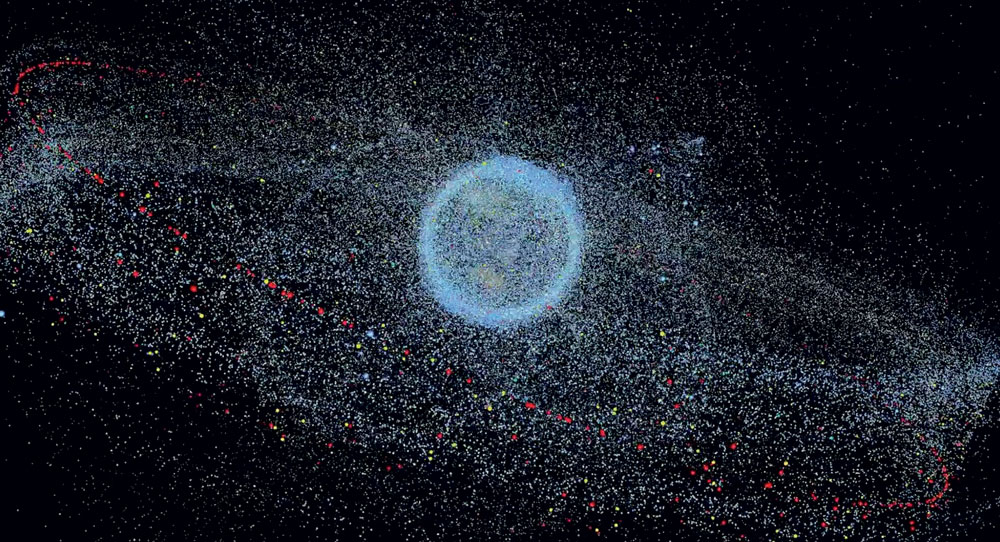SPACEFLIGHT Safeguarding space virtual conference
Safeguarding the final frontier
Battleground, natural resource or orbital commons? Outer space is all these things and more. TIM ROBINSON reports from the Royal Aeronautical Society’s first-ever virtual conference – ‘Safeguarding Earth’s Space Environment’ held online on 9-10 September 2020.
 NASA
NASASpace may be vast but, like any real estate, there are more desirable locations than others. For space that tends to be low-Earth orbit (LEO), which is rapidly filling up with satellites and debris and thus presenting a number of challenges to both commercial and government operators.
The virtual conference, organised by the RAeS Space Group, drew top-level speakers from around the globe, from ESA, the UN’s Outer Space Office, the Royal Air Force, Japan’s JAXA, UK Space Agency, academia, space law, space start-ups, tracking companies, Lockheed Martin and the brand-new US Space Force to discuss and address these issues.
The conference heard that the rapid growth of mega-constellations is increasing the number of objects in orbit exponentially. Only in the past 12 months, SpaceX’s Starlink constellation has now reached a total of 700 satellites in orbit – and plans to expand that to 12,000 – with proposals for a follow-on system of 30,000. Other mega-constellations are also on the drawing board, such as OneWeb (48,000), Kuiper (3,200) and potentially a Chinese LEO (12,000) network. In comparison, since the dawn of the space age in 1957, humans have only put 10,000 objects in space.
This is now having implications for other operators. Only recently, Peter Beck, founder of Rocket Lab launch company, warned in an interview to CNN that the number of satellites is now making launches increasingly difficult: “This has a massive impact on the launch side, Rockets “have to try and weave their way up in between these [satellite] constellations.”
To avoid ‘conjunctions’ or collisions in orbit you need early warning and enough fuel in your satellite to move trajectories. But the growing number of satellites in orbit means that there has been a significant shift from even 15 years ago, said Dr Holger Krag, ESA, where the vast majority of avoiding actions were taken against space debris, to today, where 15-20% now involved conjunctions with other controlled satellites. This means that operators need to contact other operators to deconflict – taking time and resources. Krag also noted that, despite the space object catalogues and ability for observers on the ground to track many objects in orbit, this was not yet precise enough. A lot of avoiding actions are therefore probably unnecessary and are thus wasting valuable fuel, decreasing the lifespan of satellites.
